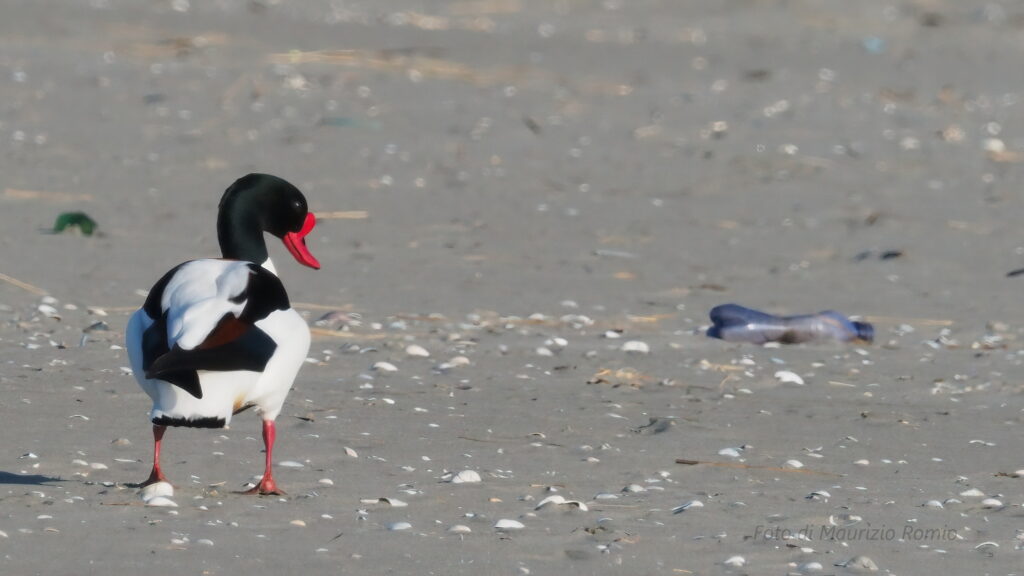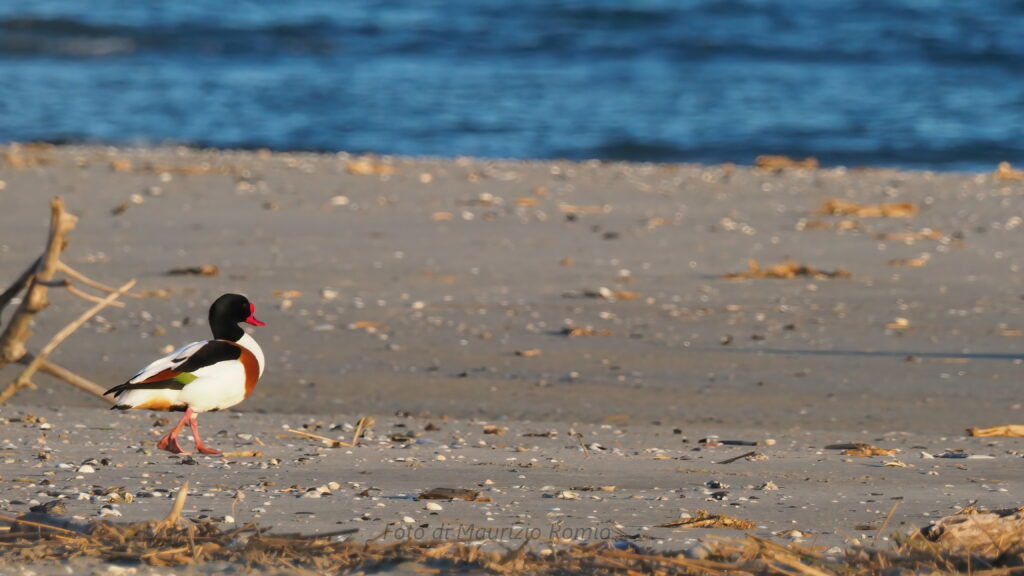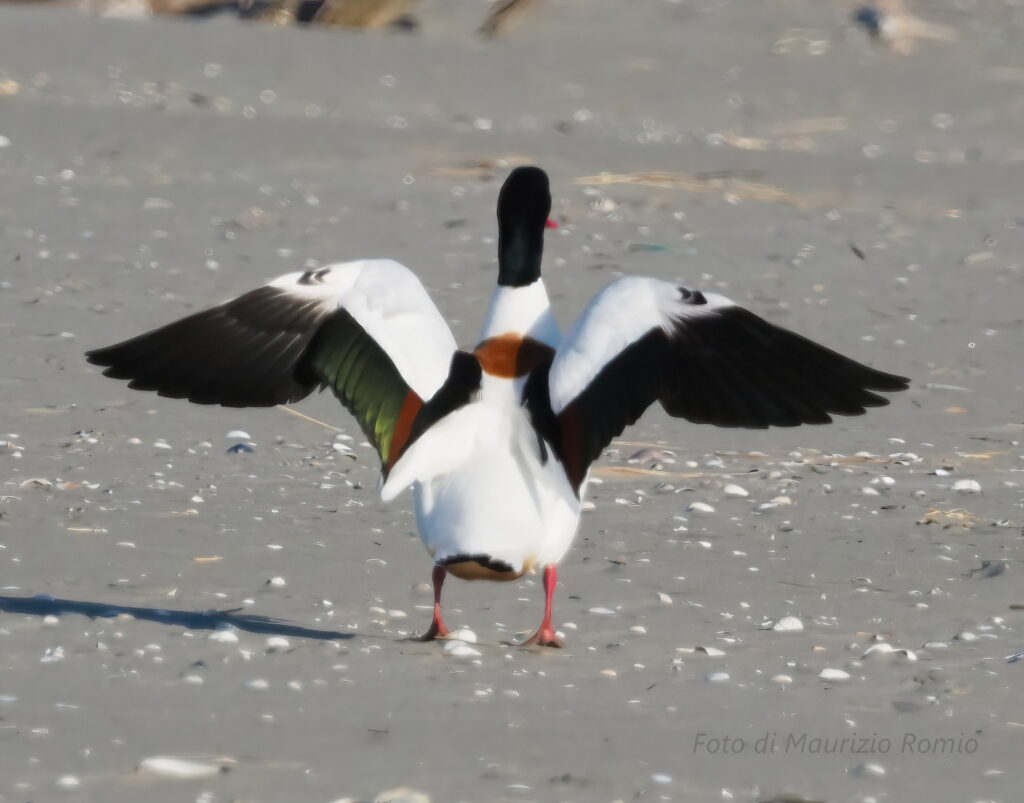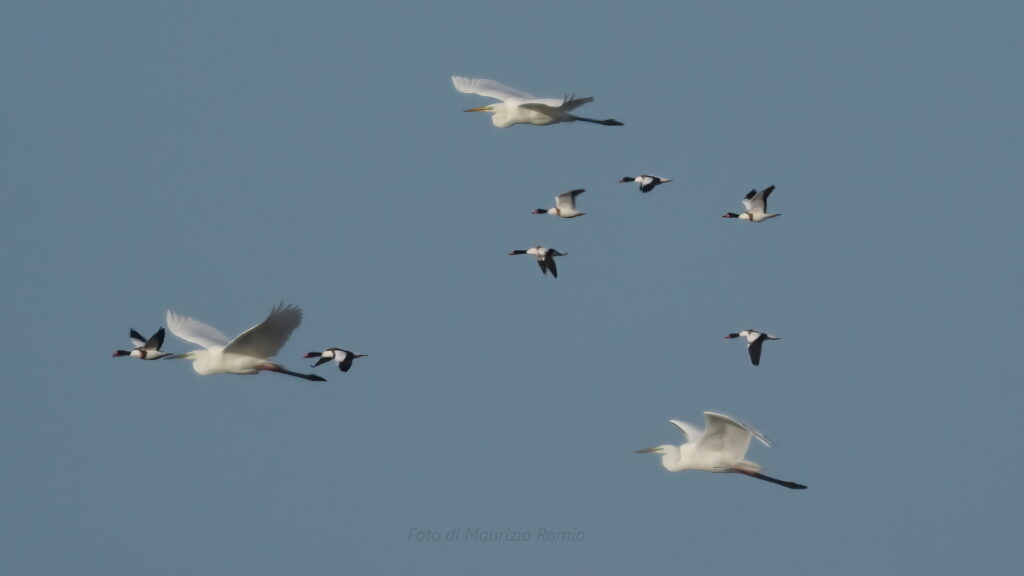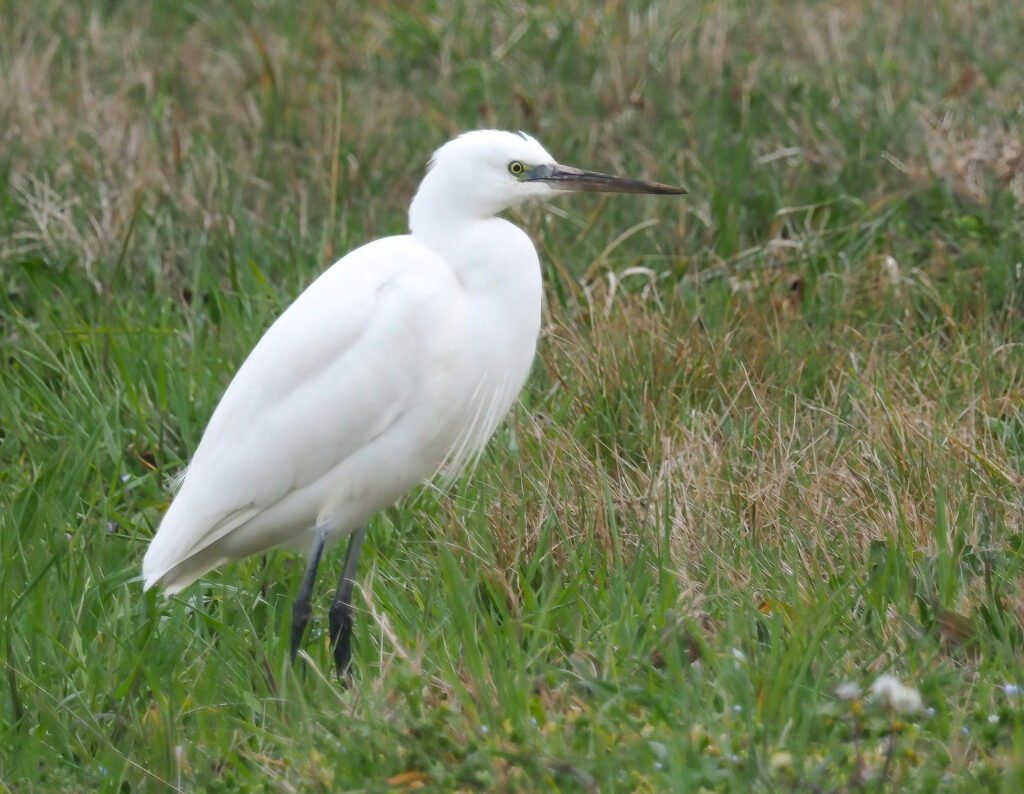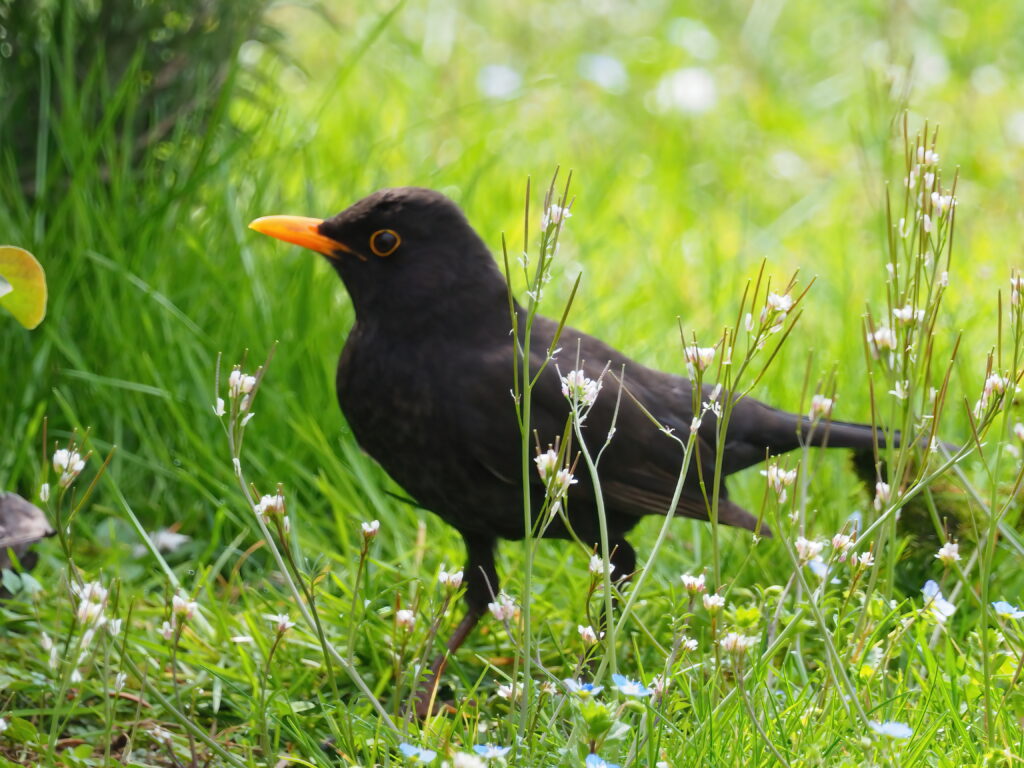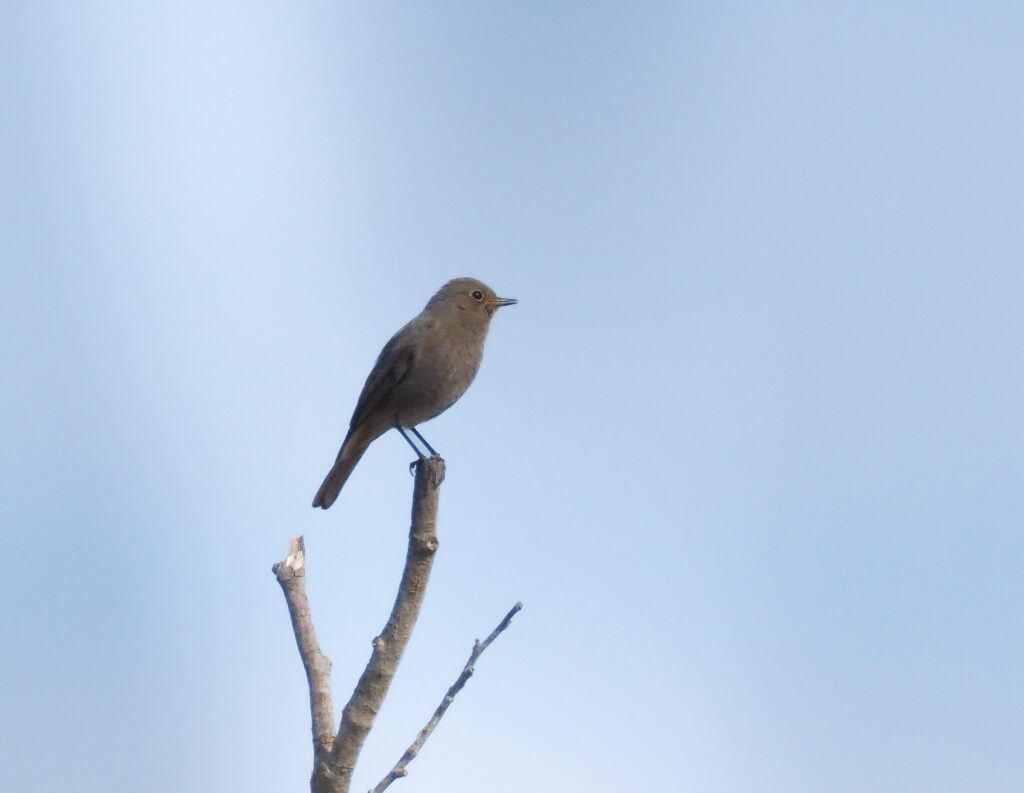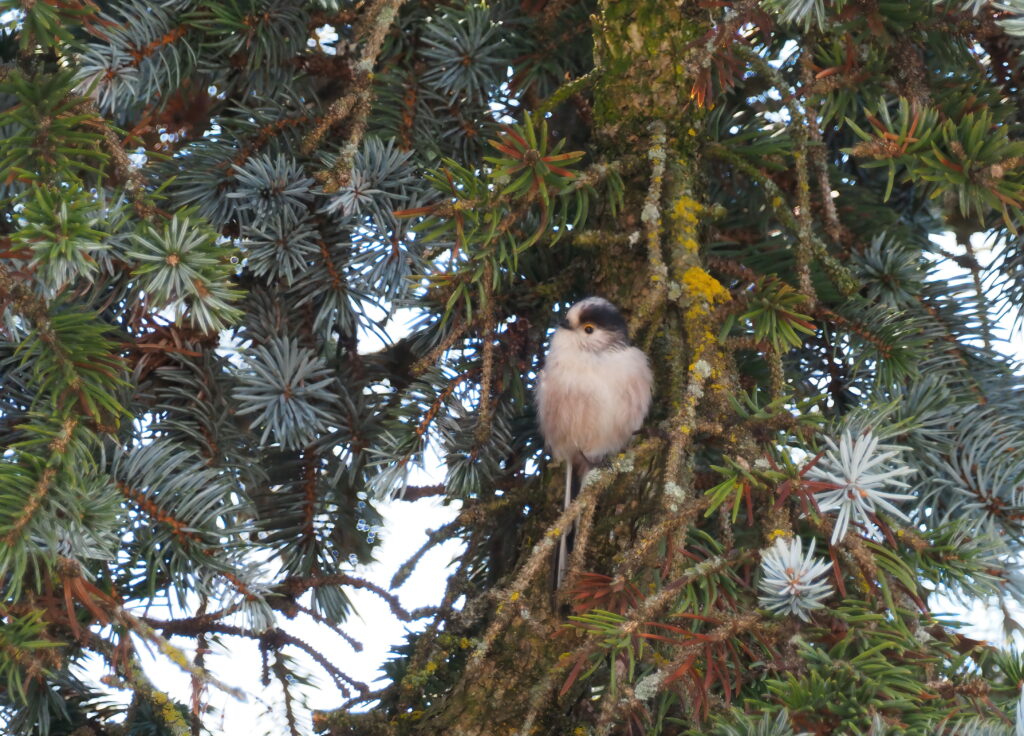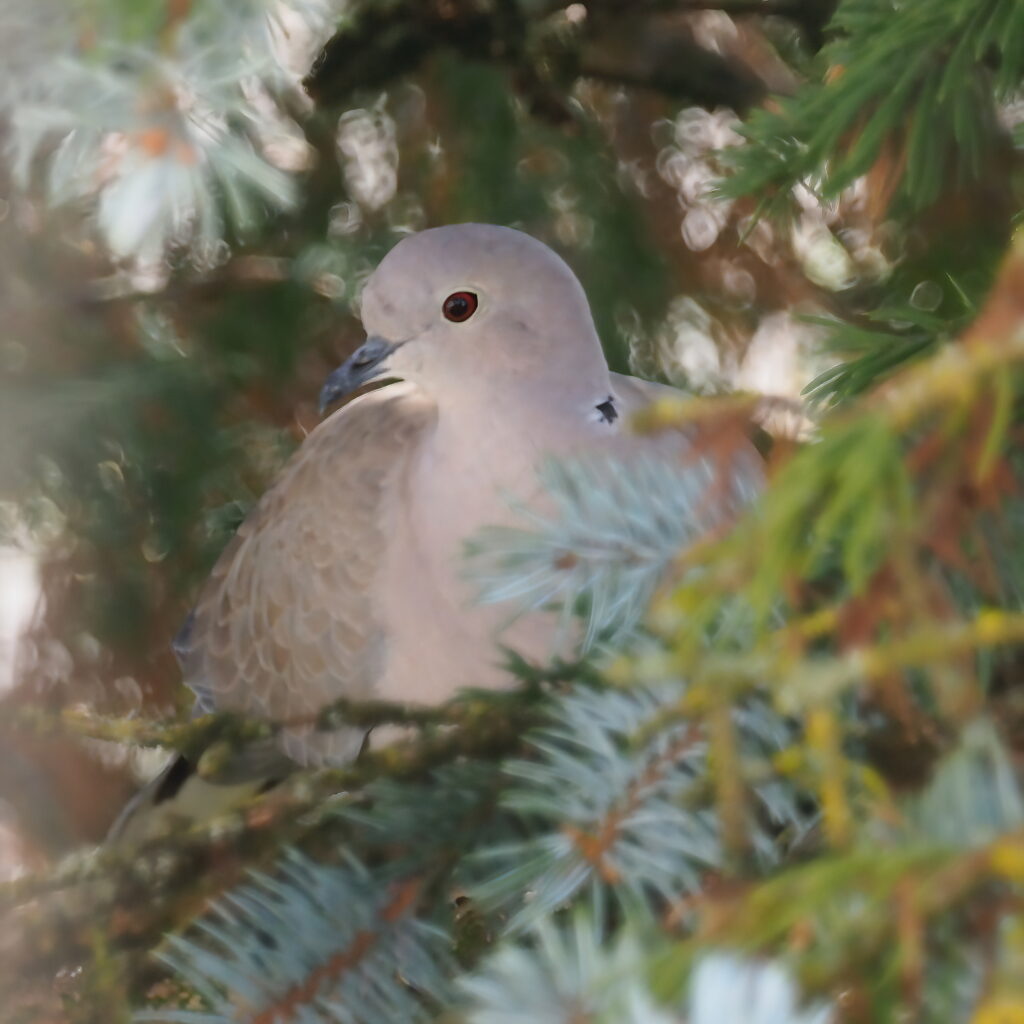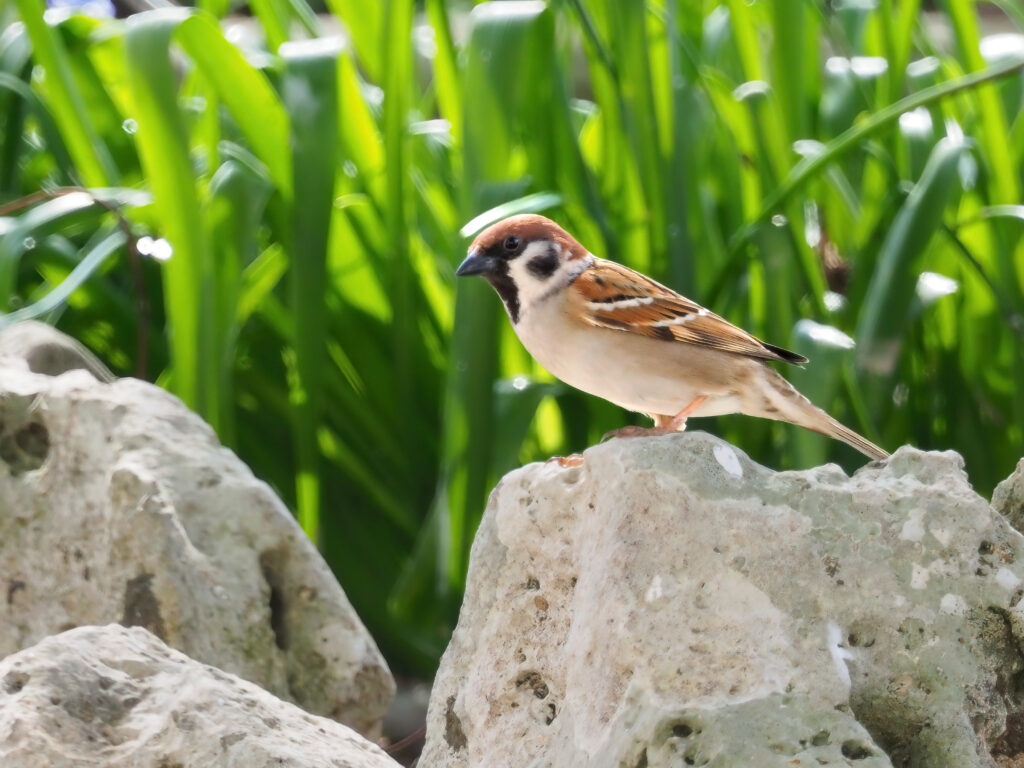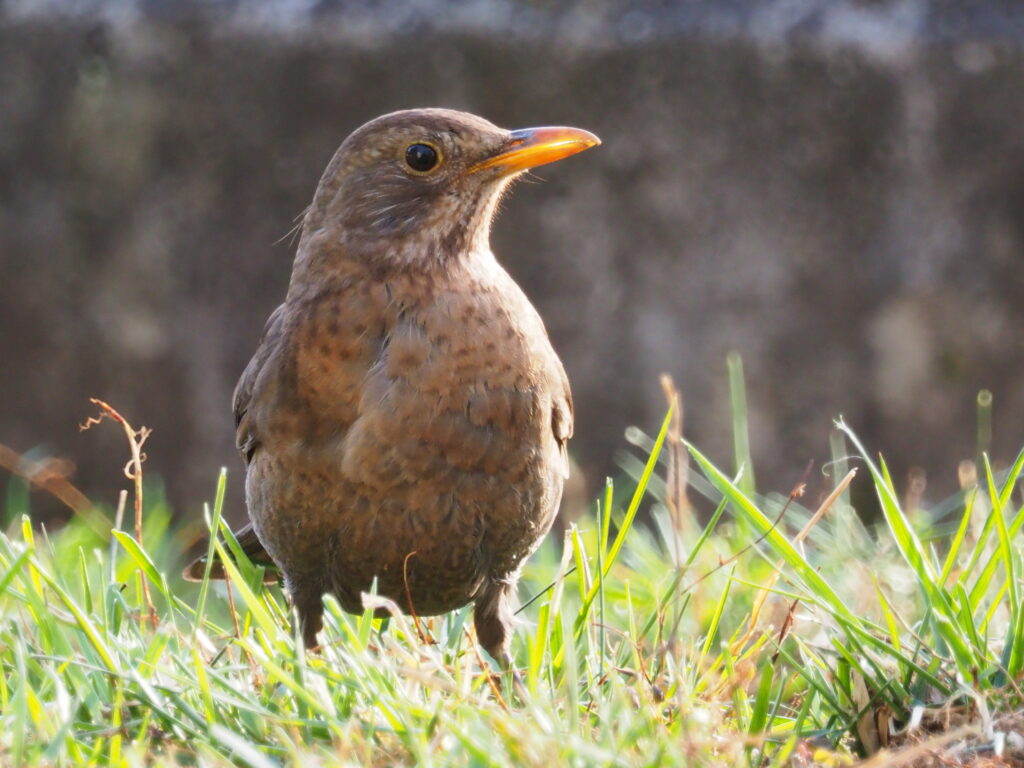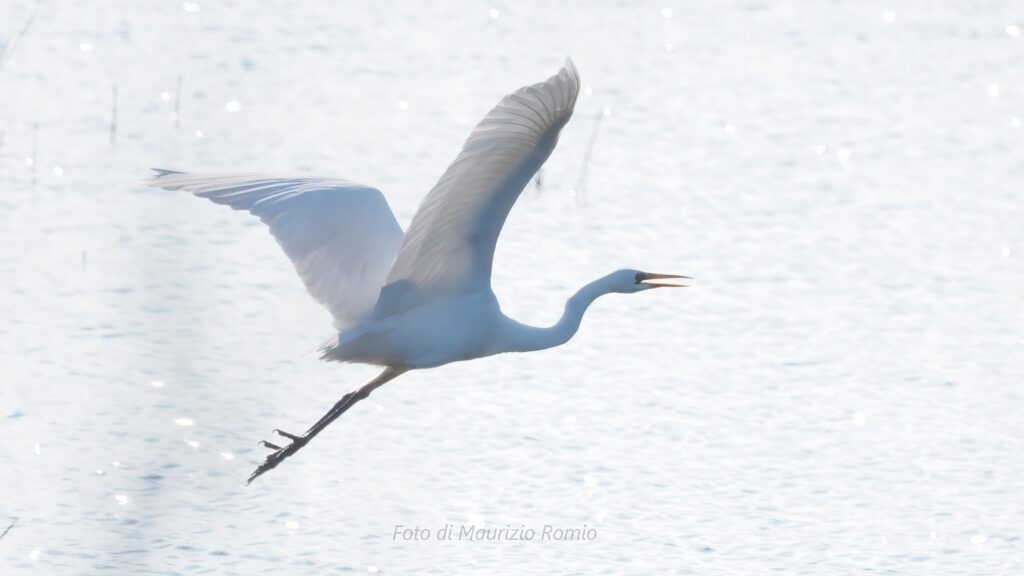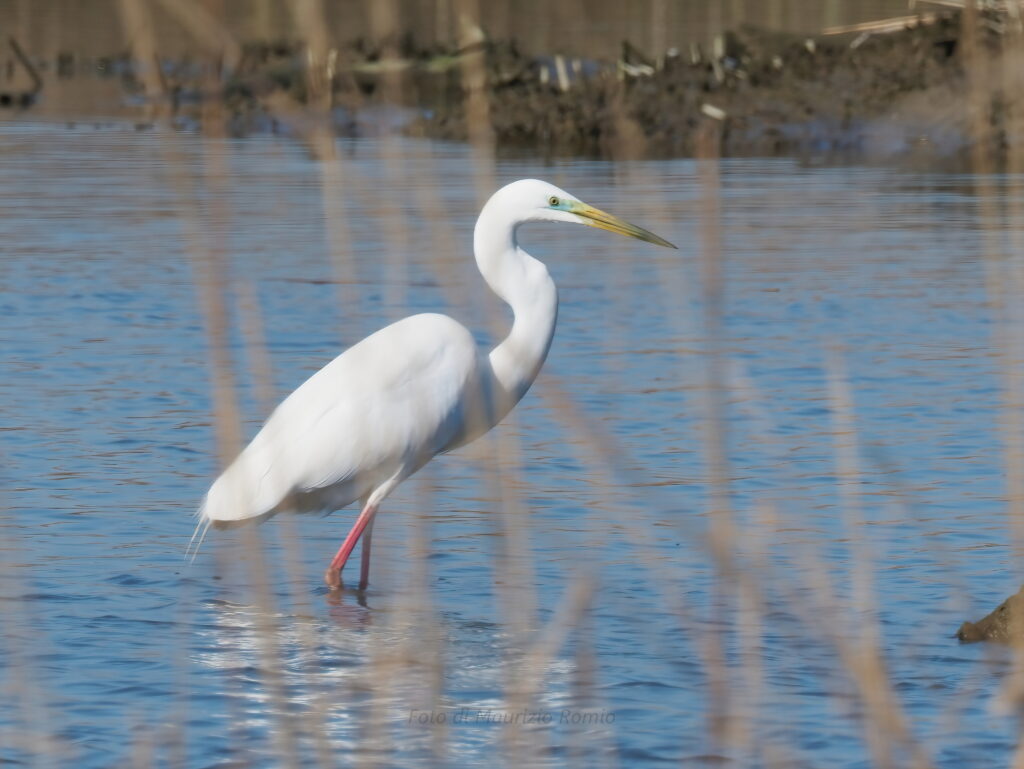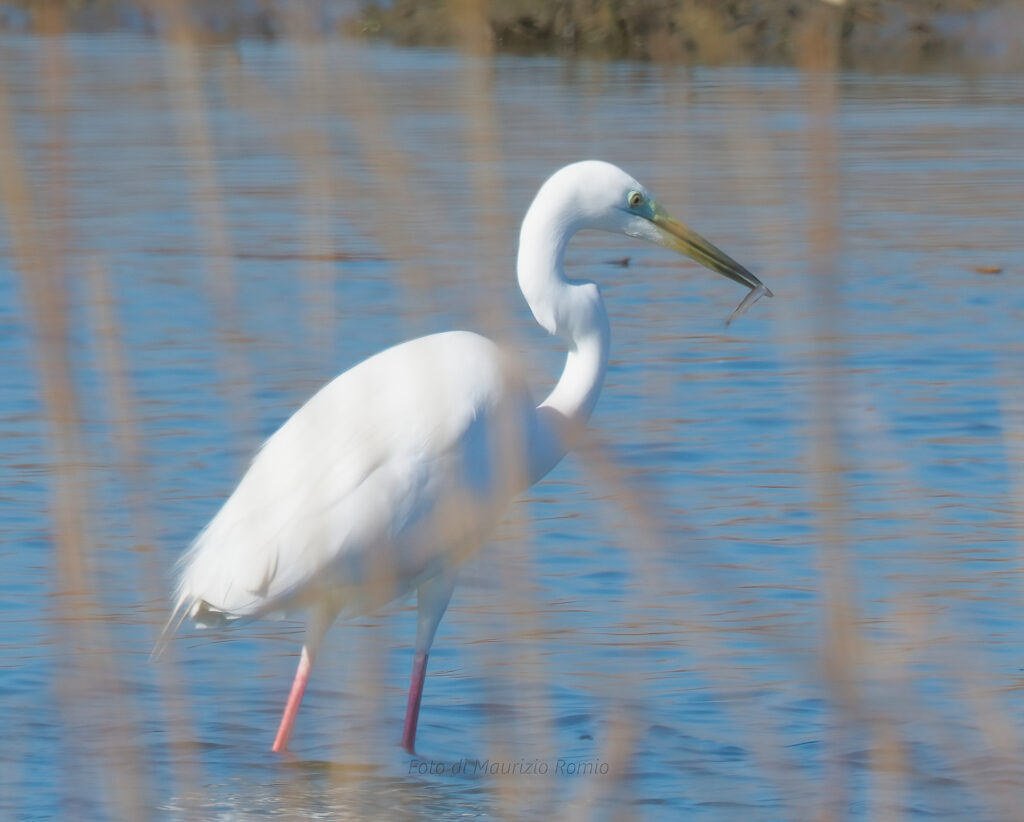Mentre la femmina di Volpoca si nutre, il compagno maschio scruta l’ambiente circostante per sincerarsi che non ci siano minacce. L’amica Pettegola, loro accanto, in un aiuto vicendevole conferisce un ulteriore conforto ai pericoli.
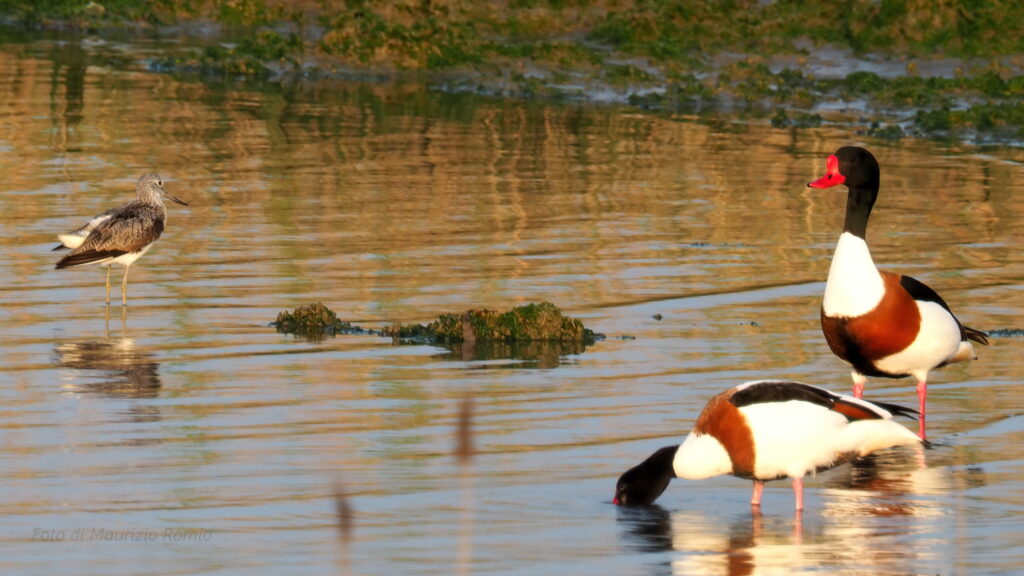
Foto Maurizio Romio. Data scatto: 11 aprile 2023. Località: Santa Giulia, Delta del Po,Italy. Fotocamera Olympus OM-D E-M10 III + M.Zuiko 100-400 f5.0-6.3 + M.Zuiko MC-20, ƒ/14, 1/160 sec., 800 mm, efov 1600 mm, ISO 500, treppiede, crop. (Click on the photo to enlarge)
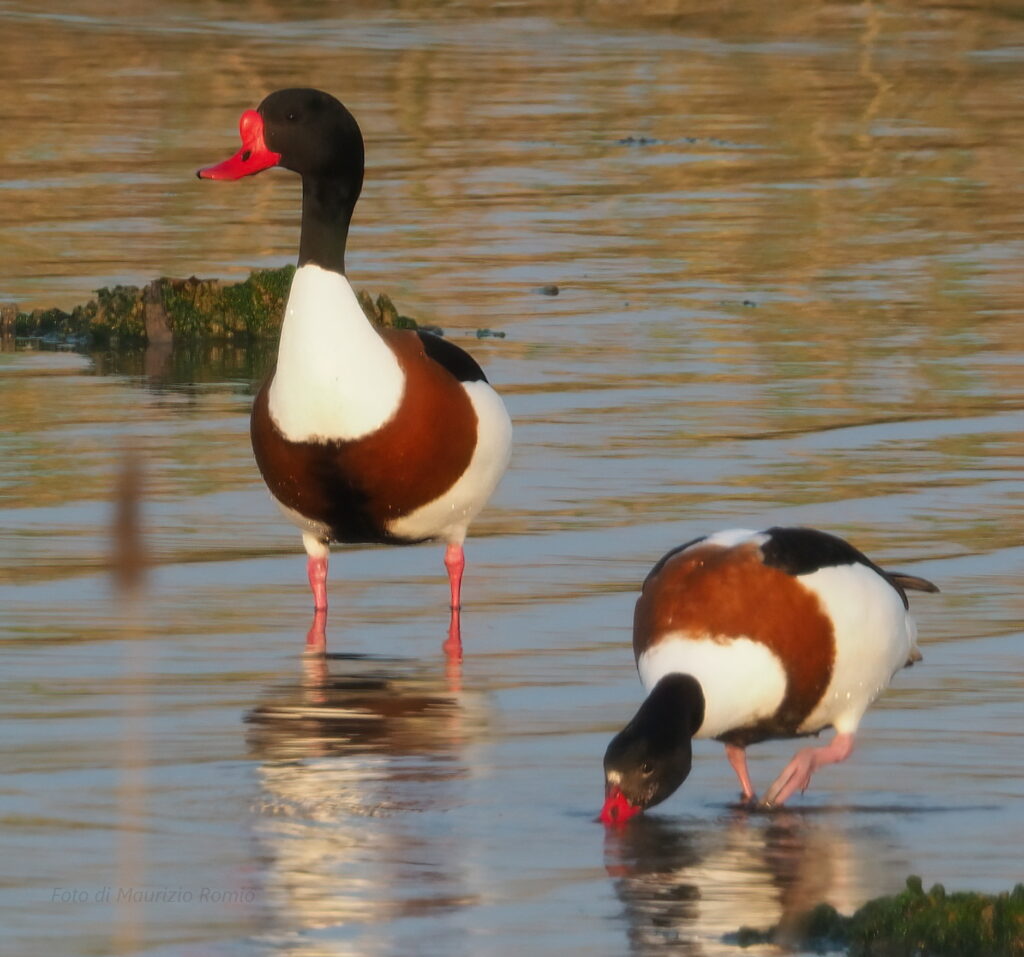
Foto Maurizio Romio. Data scatto: 11 aprile 2023. Località: Santa Giulia, Delta del Po,Italy. Fotocamera Olympus OM-D E-M10 III + M.Zuiko 100-400 f5.0-6.3 + M.Zuiko MC-20, ƒ/14, 1/160 sec., 800 mm, efov 1600 mm, ISO 500, treppiede, crop. (Click on the photo to enlarge)
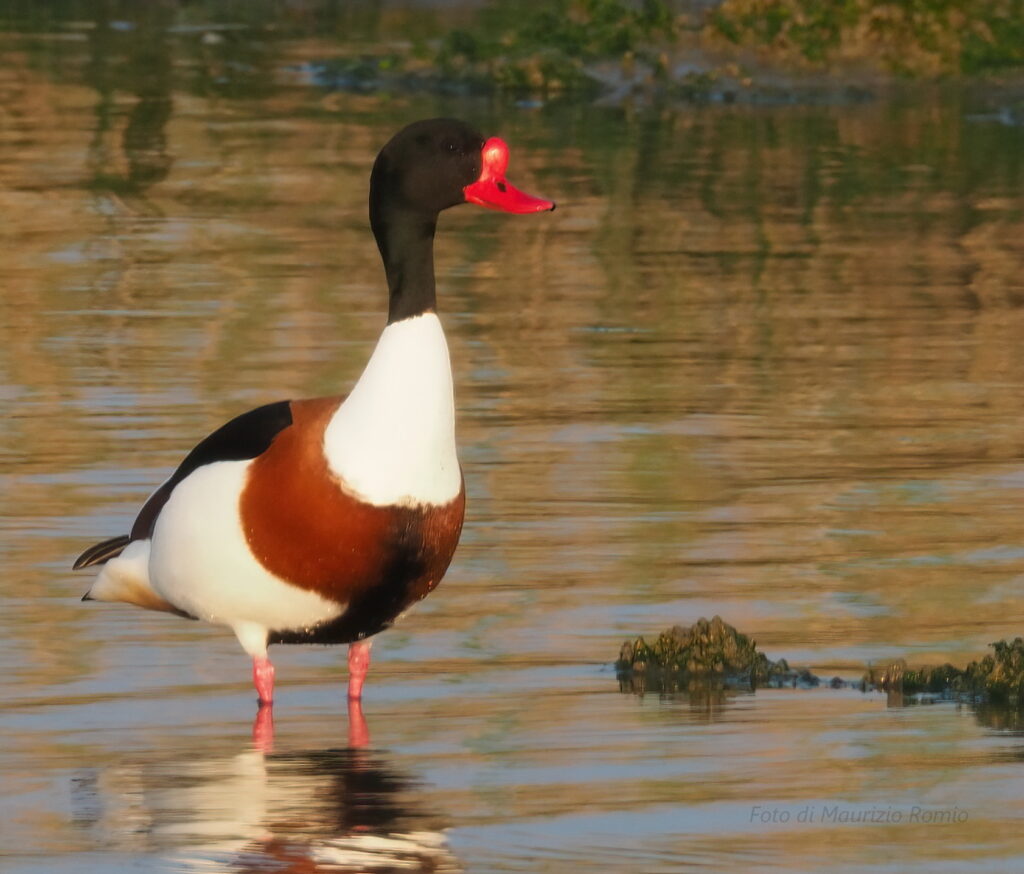
Foto Maurizio Romio. Data scatto: 11 aprile 2023. Località: Santa Giulia, Delta del Po,Italy. Fotocamera Olympus OM-D E-M10 III + M.Zuiko 100-400 f5.0-6.3 + M.Zuiko MC-20, ƒ/13, 1/160 sec., 800 mm, efov 1600 mm, ISO 400, treppiede, crop. (Click on the photo to enlarge)
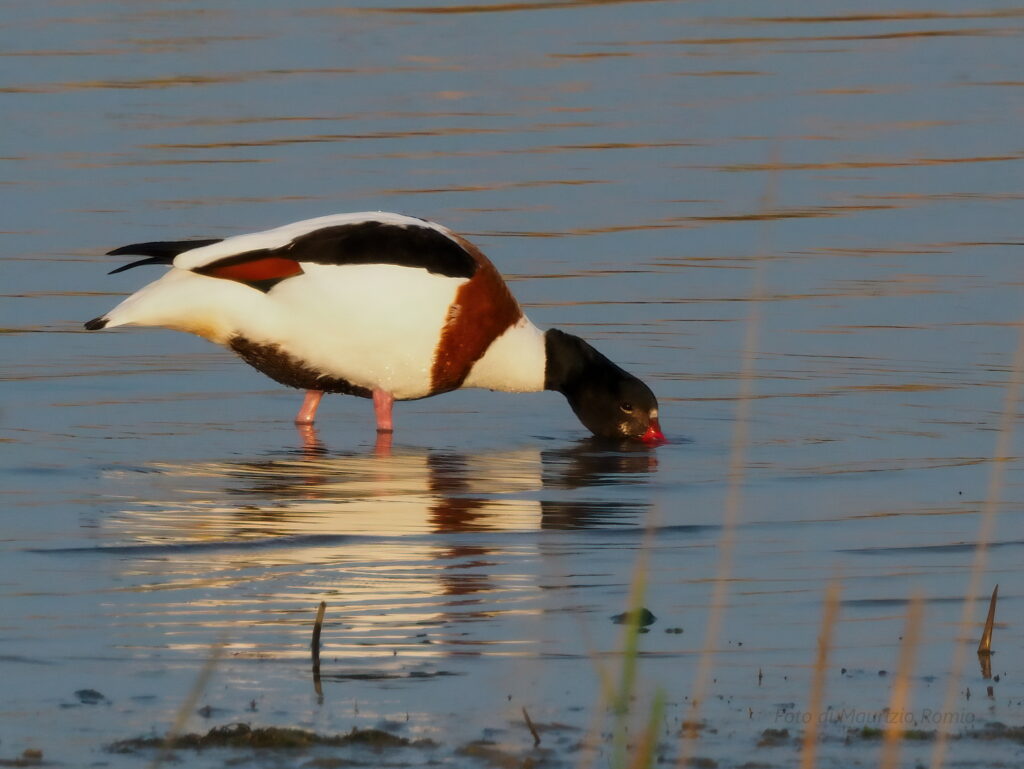
Foto Maurizio Romio. Data scatto: 11 aprile 2023. Località: Santa Giulia, Delta del Po,Italy. Fotocamera Olympus OM-D E-M10 III + M.Zuiko 100-400 f5.0-6.3 + M.Zuiko MC-20, ƒ/14, 1/640 sec., 800 mm, efov 1600 mm, ISO 1600, treppiede, crop. (Click on the photo to enlarge)
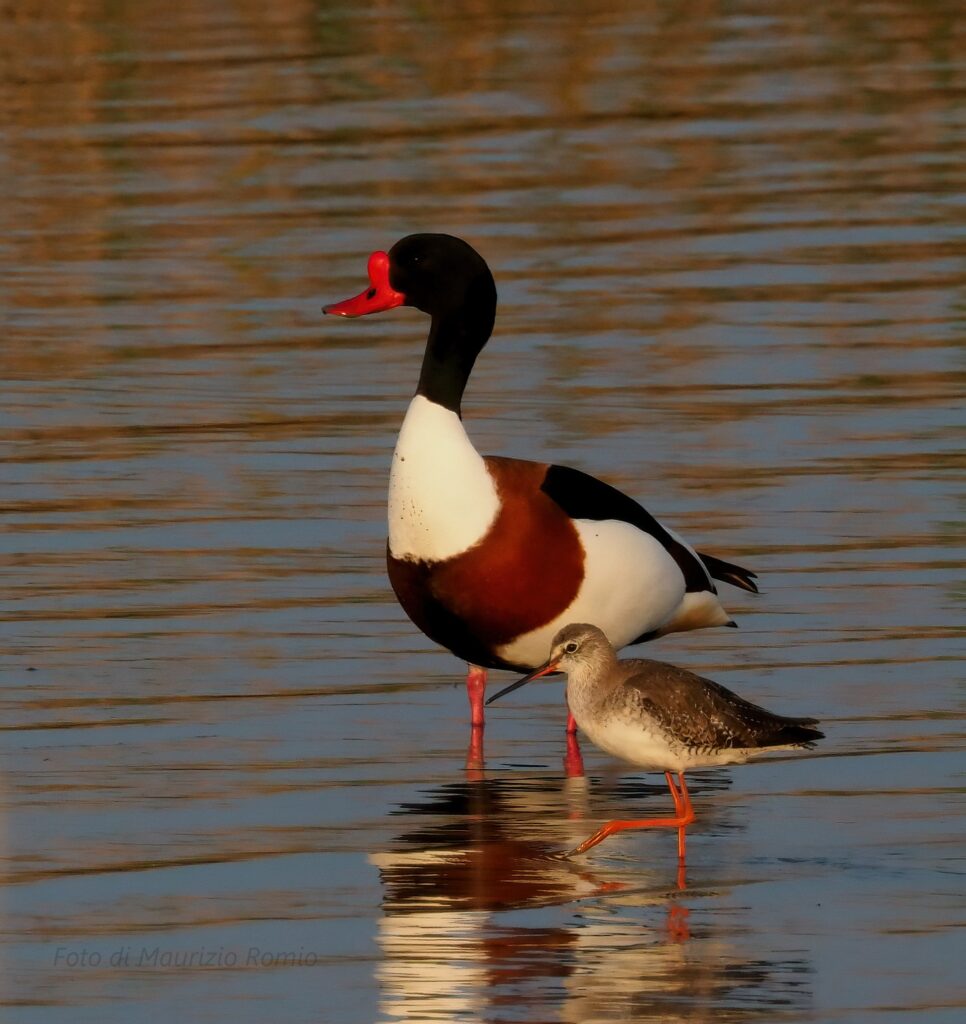
Foto Maurizio Romio. Data scatto: 11 aprile 2023. Località: Santa Giulia, Delta del Po,Italy. Fotocamera Olympus OM-D E-M10 III + M.Zuiko 100-400 f5.0-6.3 + M.Zuiko MC-20, ƒ/14, 1/640 sec., 800 mm, efov 1600 mm, ISO 1250, treppiede, crop. (Click on the photo to enlarge)

